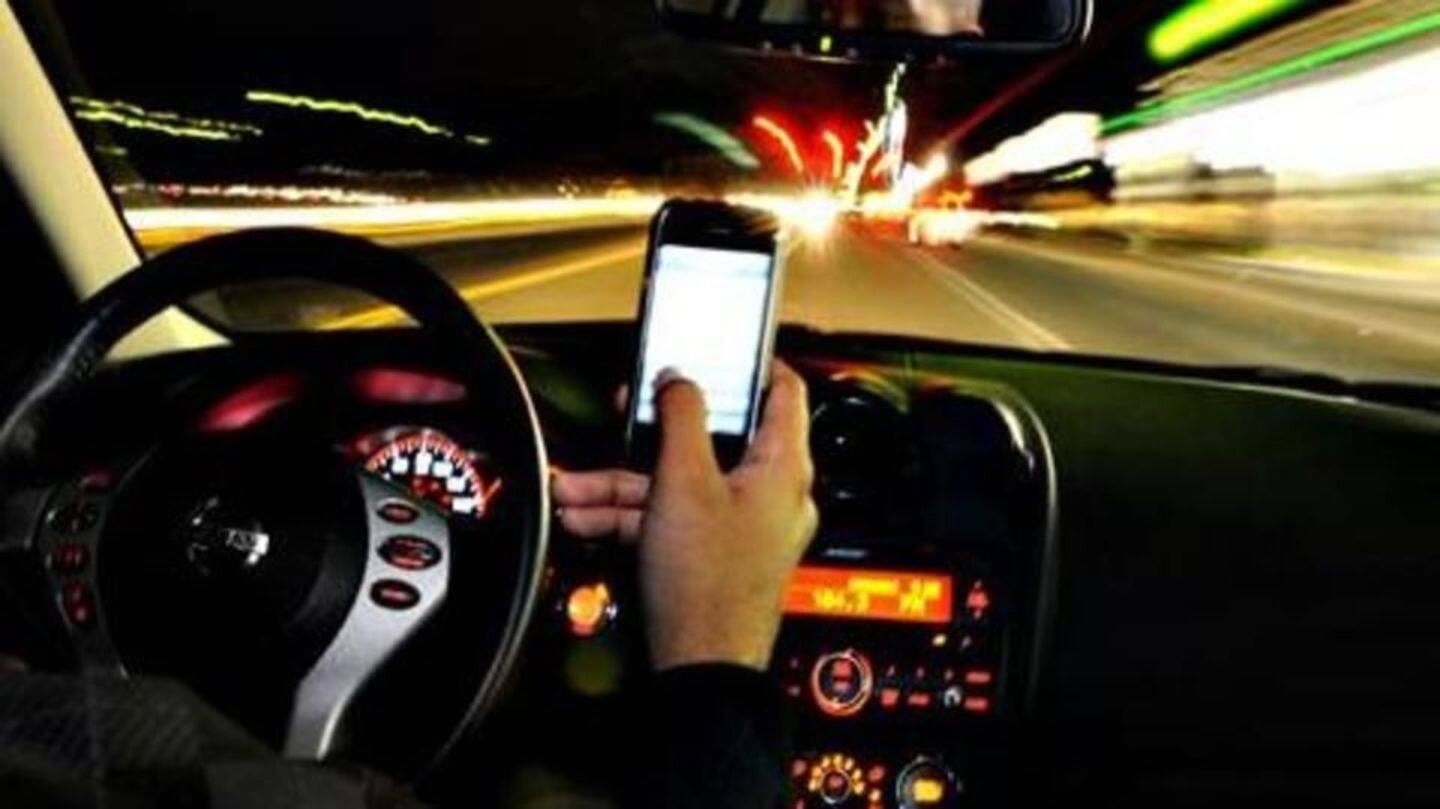
This AI engine can detect when people text and drive
What's the story
Imagine, every time a driver gets distracted or starts texting while driving, an artificial intelligence (AI) system detects and warns the driver. Scientists have made such an invention. This system could help avoid accidents by letting the driver know that he is distracted. In the future, such a system could help put the car in self-driving mode if the person is distracted.
Introduction
How will AI drive the automobile industry in the future?
AI uses deep learning and sensor fusion, which builds a complete 3-D map of everything happening around the vehicle to "make better decisions than a human driver ever could". Infotainment, automation, IoT (Internet of Things) are important aspects of the AI driven revolution. AI will change everything about road and car safety, reducing the number of accidents on roads.
08 May 2017
Nauto launches "distracted driving detection" AI platform
Nauto, California-based telematics technology company launched the AI industry's "first aftermarket platform that uses video and artificial intelligence (AI) to detect distracted driving". The software detects when a driver's eyes turn from the road, or if they are involved in any other inattentive behavior. After detection, it uploads the behavior and scores the occurrences' severity via a secure app.
Audi
Audi launches AI traffic jam pilot
The vehicle manufacturers have also taken the leap. In September, Audi launched its AI traffic jam pilot which would perform the task of driving in a traffic jam. Drivers won't have to monitor the car; they have to take over when the AI prompts. A camera monitors if the driver is ready to resume steering by analyzing the location and movement of his head and eyes.
Quote
75% of worldwide traffic accidents caused by distracted drivers
Dr. Karray from the University of Waterloo said this would go a long way in road safety as "distracted drivers are to blame for up to 75 per cent of all traffic accidents worldwide".
09 Sep 2017
How does this work?
The scientists have devised an algorithm that recognizes activities such as "texting, talking on the phone or reaching into the backseat to get something". The seriousness of the distracting activity is evaluated based on duration, head and face positioning. The researchers are trying to combine the "detection, processing, and grading" of different types of driver distractions into one single system.